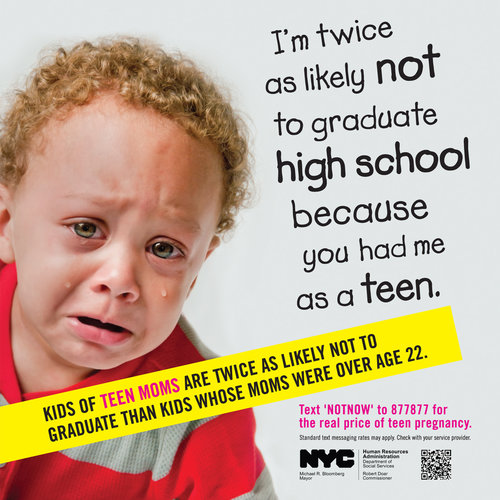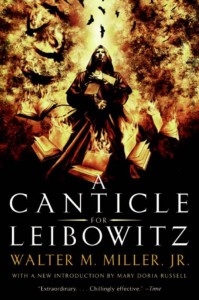Less than a week after Kirsten Powers’ USA Today piece, the concerted pro-life effort to get the Gosnell trial the media attention it tragically deserves has succeeded. Sort of.
There are a lot of articles being written about Gosnell, but the vast majority are focusing on the coverage of the trial, not the trial. To be fair, some of these pieces delve into the grim details. Conor Friedersdorf of The Atlantic pointed out that in addition to dead babies, the story included: “The Exploited Women. The racism. The numerous governmental failures.” And yet Washington Post reporter Sarah Kliff still thinks this is a “local crime” story, at least as far as her Twitter feed is concerned.

Kevin Drum of Mother Jones concurs, dismissing the pro-life outcry as “working the refs” and “a hustle”. The Daily Caller even covered an attempt to delete Kermit Gosnell’s Wikipedia page because it was just a “local multiple-murder story in Pennsylvania.” (The attempt failed.) According to Drum, the lack of coverage doesn’t even need an explanation. Why wasn’t it covered? “Beats me. I’ve often wondered just what it is that causes some local crime stories to become media sensations and others to molder in obscurity.” Just one of those things, right?
Friedersdorf, also pro-choice but possessed of some journalistic integrity, tried a little harder and came up with 14 theories. The most interesting comes near the end of the list:
13. Horrific as It Is, This Case Doesn’t Speak to Anything Larger About Abortion.
Is Friedersdorf claiming that it was horrific enough to be covered, but that was cancelled out because it says nothing about abortion? Try that logic out on other horrific stories: “Yeah, we were going to cover a school shooting, but then we realized it wasn’t related to abortion so we packed up and went home.” It sticks out on the list because it doesn’t even answer the question. Or make any kind of sense at all.
The reality is that the Gosnell story isn’t ignored because it says nothing about abortion, but because it says a lot about abortion. Friedersdorf had previously dismissed the idea that “Pro-Choice Journalists Are Willfully Ignoring the Story to Avoid Giving an Advantage to Pro-Lifers” (theory #9 on his list), but that’s not how cognitive biases work. Their entire function is to pre-empt the pain of cognitive dissonance by filtering out the uncomfortable evidence before you’re aware of it. They lead people to do and say irrational things like, I don’t know, propound entirely senseless theories just because they are reassuring. Pro-choice journalists (a close synonym for just “journalists”) aren’t willfully ignoring the story, but they were definitely ignoring it, and now that they can’t do that they are mostly changing the subject by going meta.
The Gosnell case isn’t threatening because it’s intrinsically pro-life,but it’s definitely kryptonite to the pro-choice status quo. Starting today and continuing to posts on Thursday and Friday, I’ll do a run-down on how the Gosnell story is a clear and present danger to the myths and doublethink necessary to preserve America’s abortion status quo.
1. America’s Abortion Laws Are Very Extreme
Read more



 There’s a gripping scene near the end of one of my favorite books,
There’s a gripping scene near the end of one of my favorite books,